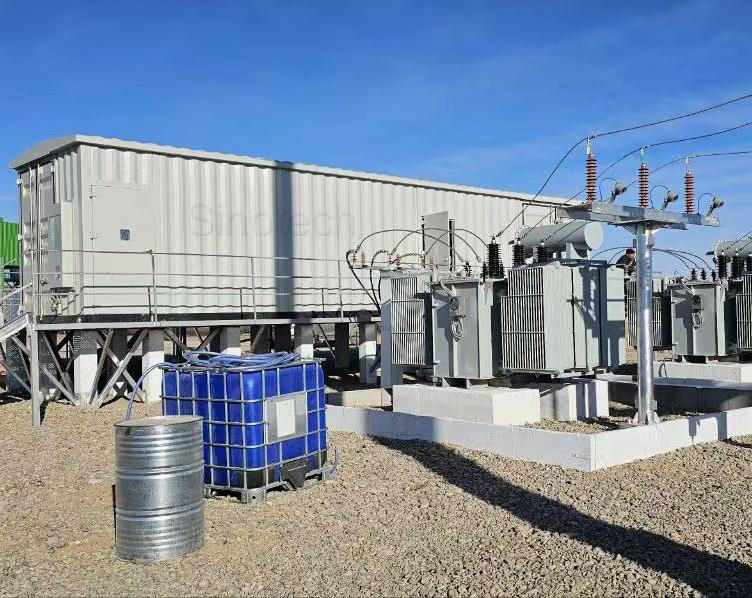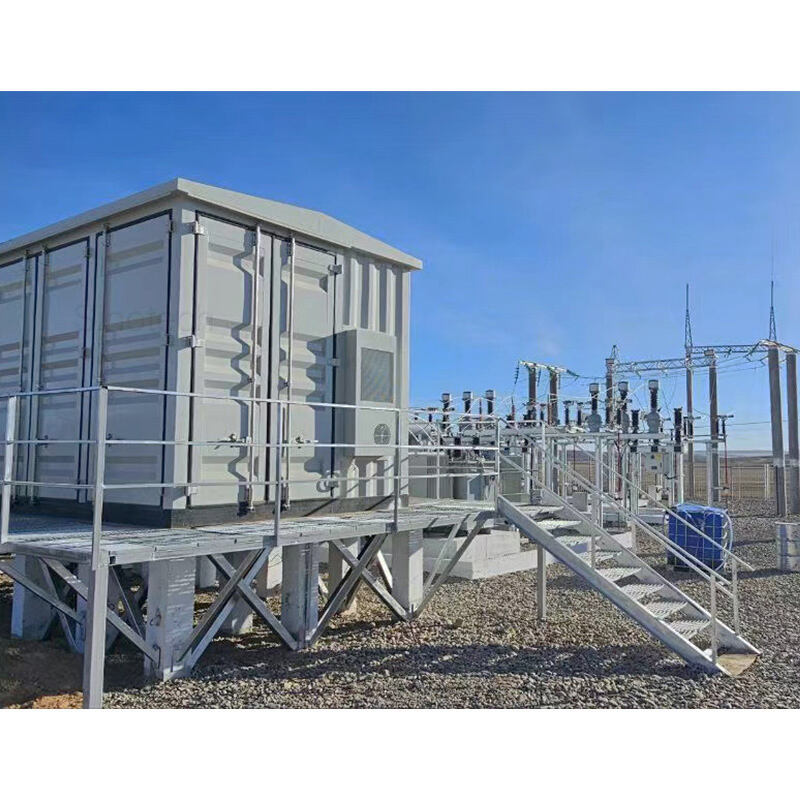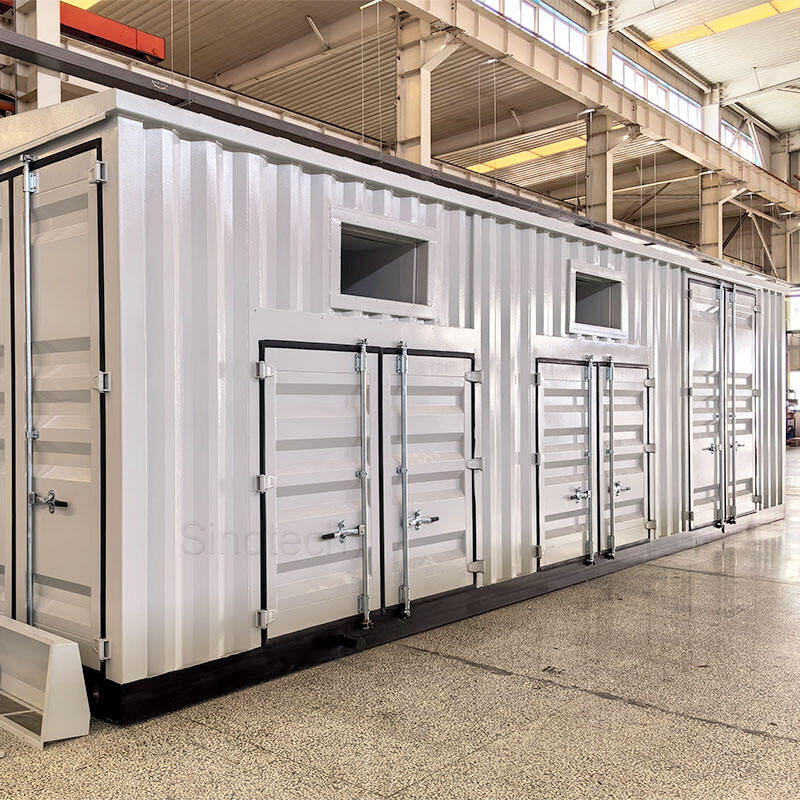Electrical distribution systems cannot be designed without regard to the technical specifics and regulatory requirements of the project. KnC Plana takes advantage of its history and rich industry experience to offer systems that are popular today and are seen to be functional tomorrow. This makes the design processes of Year-VCDs to integrate advanced technologies and industry best practices to ensure that the electrical distribution systems of the clients are optimally operational, undergo minimal risk and are easily expanded. Modern and presentable approaches have been taken in dealing with clients allowing coordination of the energy distribution system without purchasing unnecessary possessions and resources during the course of business operations to allow seamless and very successful business in modern day.


